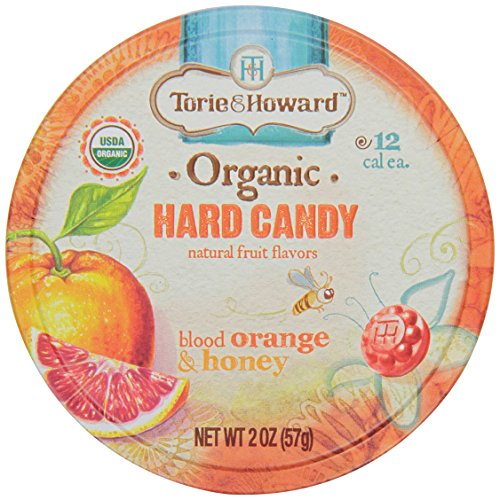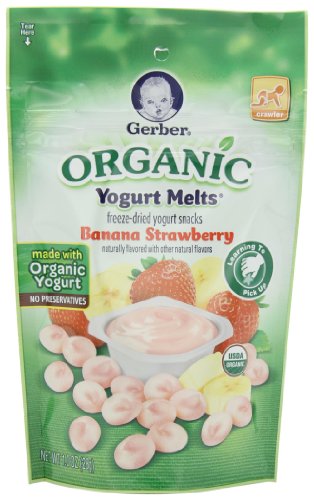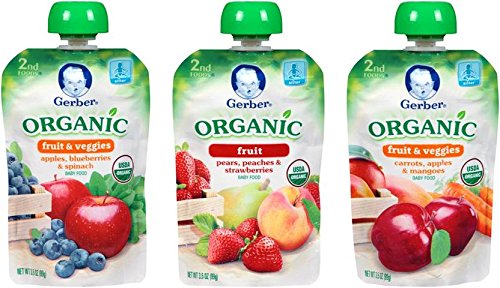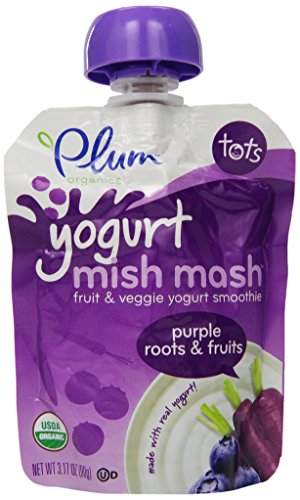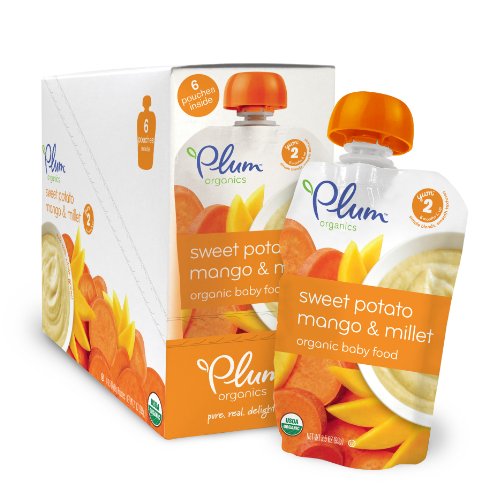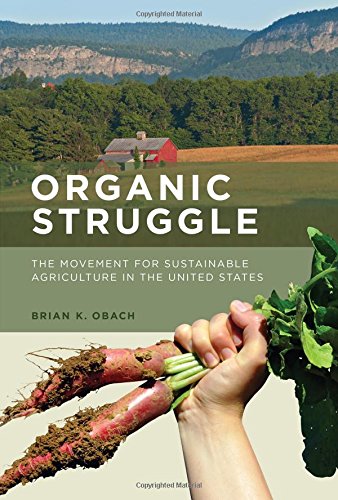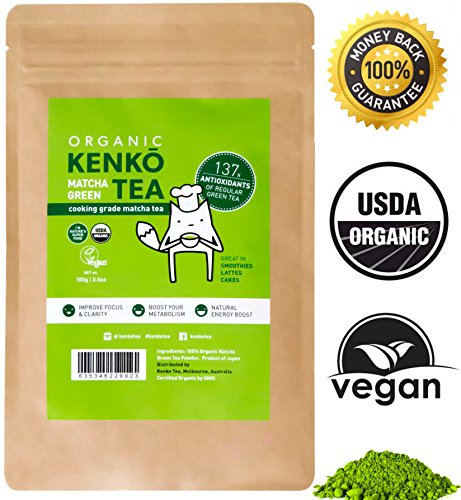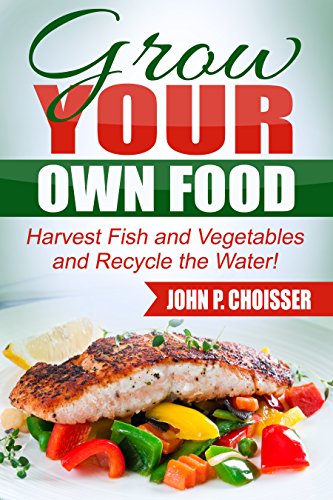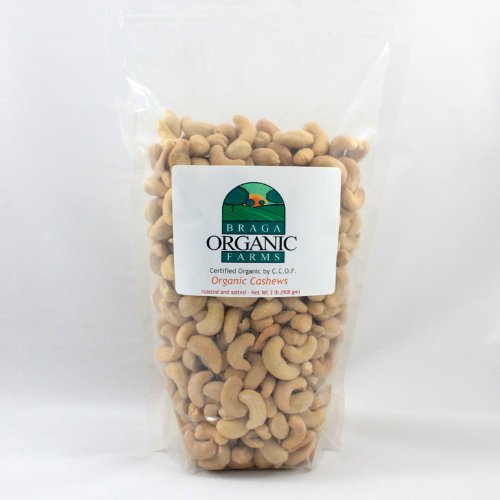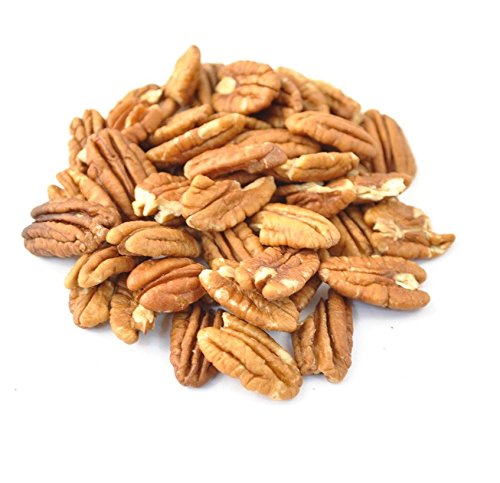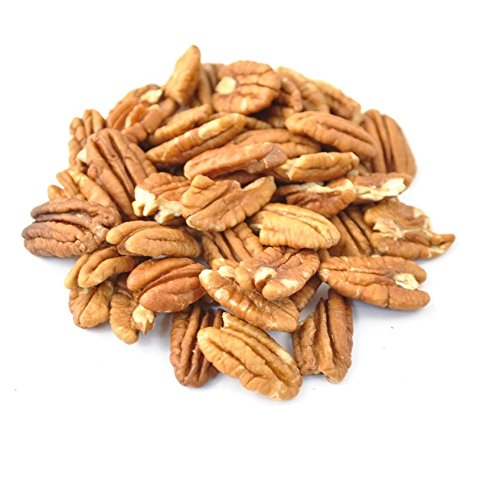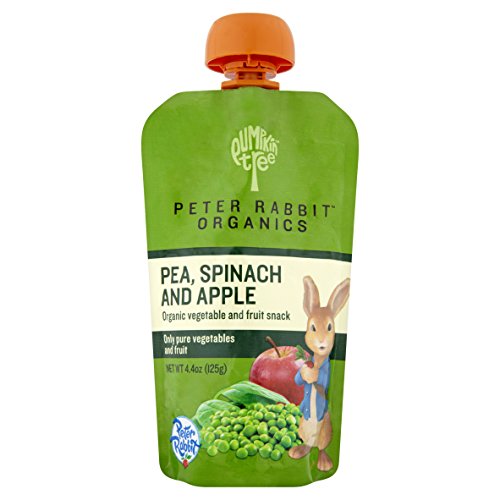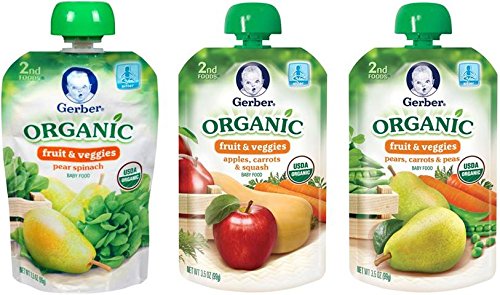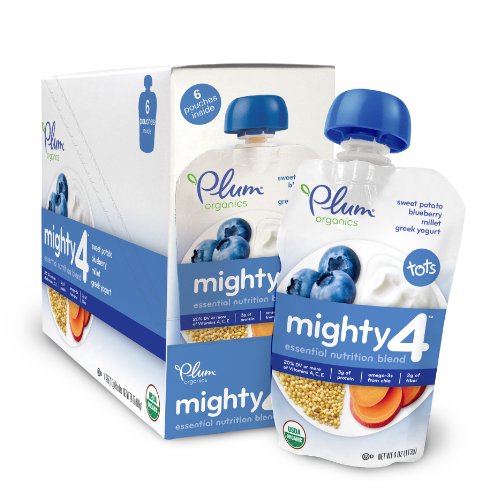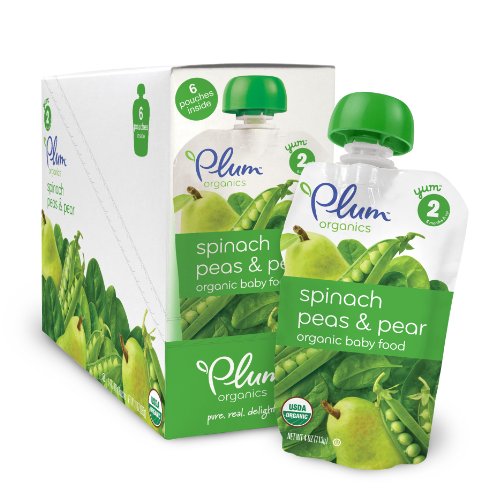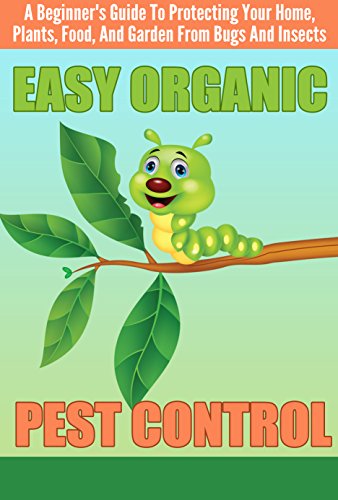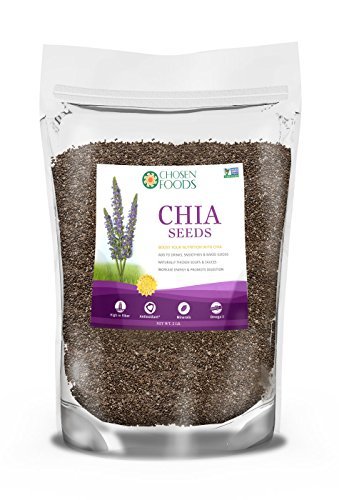How to Build Aquaponic Systems to Grow Your Own Food Aquaponics systems can provide healthful and plentiful food, even where water is scarce. Compared with conventional methods, it has several advantages: • Organic vegetables with high yields in small space • Protein, in the form of fish whose nutrition you control • Water conservation (90% water savings over conventional farming) • No pesticides needed • No herbicides needed • Local food production There are two primary purposes for this book; first, to educate people about the promise aquaponics has for efficient and healthful food production, especially where water is scarce, and, second, to provide enough details for the reader to design the kind of system needed and where the resources can be found for building them for homes, organizations, and neighborhoods. The book includes detailed information about the fish, the plants, the irrigation schemes, and other knowledge needed for the successful design and implementation of systems of various sizes. The book describes greenhouses, outdoor ponds, and even an aquaponic lawn as illustrations of the variety of system designs that can be built. Over 50 illustrations show you the components, designs, and finished small farms. The author believes the world needs to more fully appreciate the benefits of aquaponics. Better food, less water, local production, and smaller spaces used. Better for your health, and better for your environment. This book is the natural follow-on to his best-selling book “Tabletop Aquaponics” which covers small systems suitable for family rooms, porches, and science projects. This new book is for larger systems capable of feeding families, neighborhoods, or organizations. Very large commercial aquaponic systems are described in this book for background information, but their design is beyond the scope of this book.
